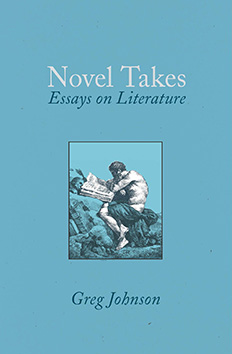Britons ‘Were Mostly Black 5,000 Years Ago’, New Study Suggests
Gemma Parry, Daily Mail, March 2, 2025
The Britons responsible for the building of the iconic Stonehenge were probably black, a study has suggested.
Data from 348 ancient genomes gathered from across Eurasia have been reconstructed by scientists at the University of Ferrara in Italy which show almost all Europeans had dark skin until around 3,000 years ago.
With Stonehenge, just outside the town of Glastonbury, being constructed around 5,000 years ago, experts have said we can assume the builders had dark skin.
Until around 1,700 years ago, the majority of Europeans had dark skin, the authors of the study say, adding that most of the ancient Greeks and Romans, and the Britons who built Stonehenge, had dark skin, eyes and hair.
The study confirms that the shift to lighter skin, thanks to the movement of people to higher latitudes and more vitamin D intake as a result, was slower than previously thought.
Experts are still unsure why the change from darker to light skin was so slow.
However, scientists believe farmers may have compensations for vitamin D deficiencies in their diet with accessible sources such as milk and meat.
Samples for the study were taken from the British Isles, mainland Europe, Russia, central Asia and the Middle East.
Dr Silvia Ghirotto, an evolutionary biologist at the University of Ferrara in Italy who led the work, told The Telegraph: ‘By analysing ancient DNA from 348 individuals spanning 45,000 years, we reconstructed an intricate picture in which light pigmentation emerged sporadically during the first phases of our presence in Europe.
‘Our ancestors had dark skin until very recent times.
‘Given that Stonehenge was built during the transition from Neolithic to Bronze Age, and given the high frequency of dark-skinned samples we inferred for that period even in northern Europe, it is likely that Britons who built Stonehenge displayed dark features’.
Stonehenge is an iconic part of Britain’s history. It is largely sealed off to the public, with visitors no longer being permitted to touch the stones, but they are able to walk around the monument from a short distance away.
The whole monument, now ruinous, is aligned towards the sunrise on the and sunset on the winter solstice.
Large crowds can usually be seen at the monument during the solstice periods as it is considered a place of worship to Neo-Druids, Pagans and other ‘earth based’ or ‘old’ religions.
English Heritage does, however, permit access during the summer and winter solstice, and the spring and autumn equinox.















